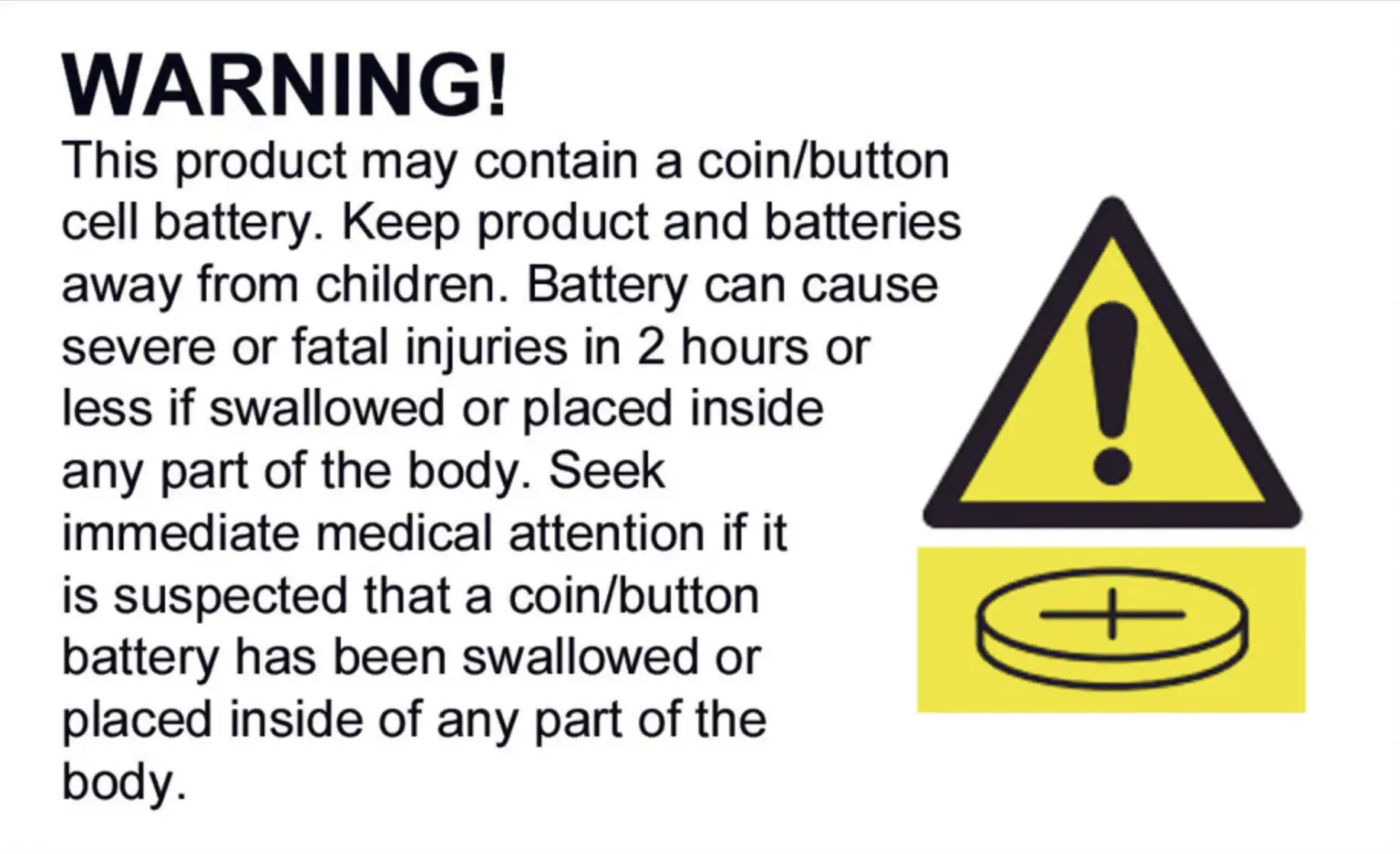
Qwiic Micro Dynamic NFC/RFID Tag
We have ✅ 1 available of the SF-SPX-20691 in our Sydney warehouse. An extra 237 units available with a short lead time.
The STMicroelectronics ST25DV dynamic Near Frequency Communication / Radio Frequency Identification tag ICs are awesome! The ST25DV64KC offers 64-kBit (8-kBytes) of EEPROM memory which can be accessed over both I2C and RF (NFC)! It's a state-of-the-art tag which conforms to ISO/IEC 15693 or NFC Forum Type 5 recommendations. You can read and write the tag's memory using NFC even while the tag is powered down or disconnected!
The EEPROM memory can be divided into four areas, each of which can have different levels of protection applied. Want to store your data so everyone has read and write access over both I2C and RF? You can do that. In fact, that's the default! Want to store your data in an area which can only be read if you know the password, and cannot be written to (via RF)? You can do that too!
Our Arduino Library provides all of the methods you need to read and write the user memory, control the read and write permissions, alter the area sizes and apply password control. Not only that! We've included extra methods which will let you read and write NDEF (NFC Forum Data Exchange Format) URI, WiFi and Text records which your smart phone can understand! We've tested it with ST's "NFC Tap" App - available from the Apple App Store and Google Play.
Do you want your project to be able to log up to 8-kBytes of data (via I2C) and then be able to read it using your smart phone - even if your project is powered off? Our library lets you do that!
Do you want to be able to write WiFi credentials (SSID and Password) into tag memory using your smart phone and then to be able to read them over I2C so your Arduino board can join the network? With our library you can do that too!
Do you want to be able to manufacture and test your product and then program it with keys or other credentials just before you ship? We've got you covered.
Are you developing equipment or appliances from the home? Would you like to store diagnostic information so that the repair engineer can access it using their smart phone? Our library lets you do that! Would you like the customer to be able to read the diagnostics with their smart phone and then email them to you? Our library will let you do that too! (Apart from the email bit - obvs.. You will need to add that bit yourself.)
Are you designing a poster for your project? Do you want to be able to program your tag using Arduino and then stick it to your poster so people can interact with it? Hey, we've got you covered there too!
Features:
ST25DV64KC Features:
- Contactless Interface
- Based on ISO/IEC 15693
- NFC Forum Type 5 tag certified by the NFC Forum
- Supports all ISO/IEC 15693 modulations, coding, sub-carrier modes and data rates
- Custom fast read access up to 53 kbit/s
- Memory
- 64-kBit (8-kByte) of EEPROM
- I2C interface accesses bytes
- RF interface accesses blocks of 4 bytes
- Write time:
- From I2C: typical 5 ms for 1 up to 16 bytes
- From RF: typical 5 ms for 1 block
- Data retention: 40 years
- Write cycle endurance: 400k to 1 million depending on temperature
- Data protection
- User memory: one to four configurable areas, protectable in read and/or write by three 64-bit passwords in RF and one 64‑bit password in I2C
- System configuration: protected in write by a 64-bit password in RF and a 64-bit password in I2C
- General Purpose Output (GPO) pin
- Interrupt pin configurable on multiple RF and I2C events
- Energy Harvesting
- Supply Voltage: 1.8VMin, 5.5VMax
- Note: Qwiic bus operates at 3.3VMax
- I2C Addresses:
- User Memory: 0x53
- System Memory: 0x57
- RF Switch Off: 0x51
- RF Switch On: 0x55
Arduino Library Features:
- Read and write EEPROM memory via I2C
- Change the size of the four user memory areas
- Apply different levels of protection to the four areas
- Change the I2C password
- Read and Write NDEF (NFC Forum Data Exchange Format) records:
- URI
- WiFi
- Text
Documents:
The Qwiic Micro Dynamic NFC/RFID Tag appears in the following collections:

